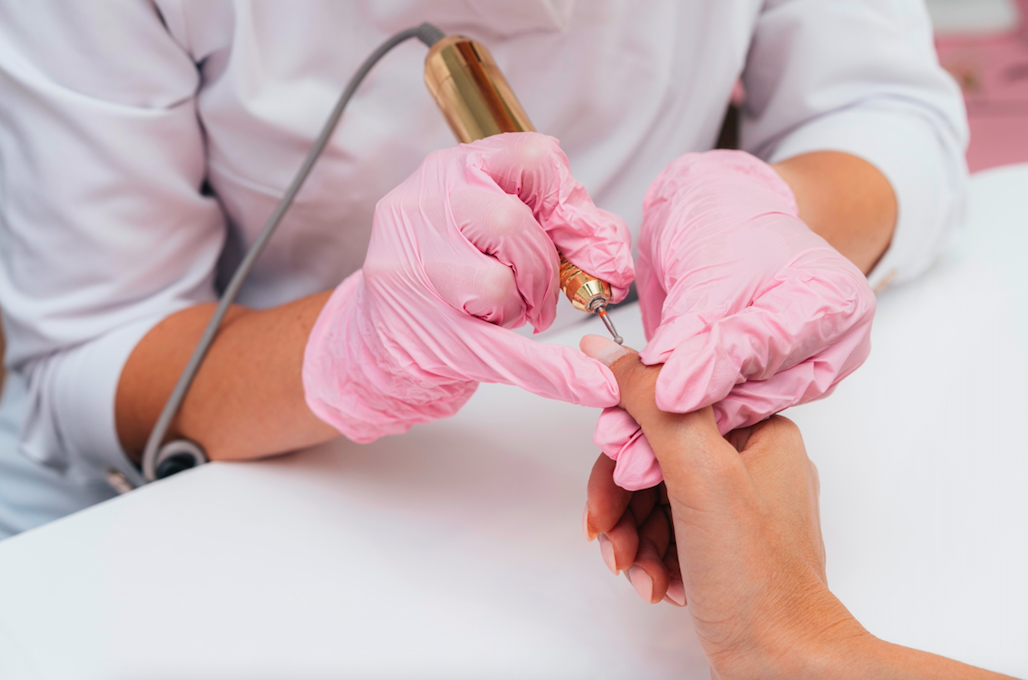Ingrown nails, a common and often painful condition, occur when the edges of a nail grow into the surrounding skin. This can lead to redness, swelling, and infection if left untreated. Fortunately, there are several ways to treat ingrown nails at home. Here are ten effective methods to alleviate the discomfort and encourage proper nail growth.
1. Warm Water Soaks:
- Soaking the affected finger or toe in warm, soapy water for 15-20 minutes can help soften the nail and surrounding skin, making it easier to work with.
2. Lift the Nail Gently:
- After a soak, use a sterilized, fine-pointed tweezer or nail file to gently lift the ingrown nail edge away from the skin. Be cautious and avoid excessive force to prevent further damage.
3. Place a Small Piece of Cotton:
- Once the nail edge is lifted, slide a small piece of cotton or dental floss under the edge. This encourages the nail to grow above the skin, reducing irritation.
4. Over-the-Counter Creams:
- There are over-the-counter creams and ointments designed specifically for ingrown nails. Follow the instructions on the product’s label for safe and effective use.
5. Antibiotics:
- If the ingrown nail becomes infected, you may need antibiotics to treat the infection. Consult a healthcare professional for a proper diagnosis and prescription.
6. Wear Comfortable Footwear:
- Choose shoes and socks that provide ample room for your toes and don’t compress the affected nail. This can help prevent further irritation.
7. Trim Nails Properly:
- Avoid cutting your nails too short or rounding the edges, as this can contribute to ingrown nails. Instead, trim them straight across and avoid cutting into the corners.
8. Protect with a Bandage:
- Applying an adhesive bandage or medical tape to the affected area can help protect it from further irritation and friction.
9. Epsom Salt Soaks:
- Soaking your affected nail in warm water with Epsom salt can help reduce inflammation and promote healing. Repeat this several times a day.
10. Consult a Professional:
- In severe cases or when home remedies do not provide relief, it’s essential to seek professional help from a podiatrist or dermatologist. They can perform a minor procedure to remove the ingrown portion and provide long-term solutions.
Remember that self-treatment of ingrown nails is not always appropriate, especially when an infection is present or if you have underlying health conditions. If you experience severe pain, signs of infection (such as pus or increased redness), or recurrent ingrown nails, it’s crucial to consult a healthcare professional for a proper assessment and personalized treatment plan. Ingrown nails are a common problem, but with proper care, they can be effectively managed and prevented.








